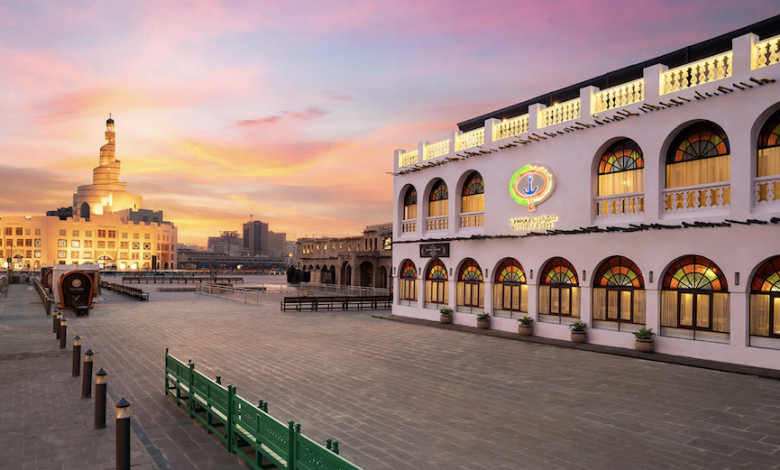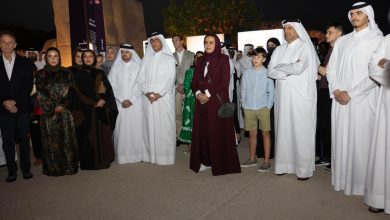
Souq Waqif: The story behind Qatar’s favourite heritage market
Souq Waqif is an important heritage market in Qatar and also a major tourism landmark. It ranks as one of the most famous traditional folk markets in the region and trades various traditional goods in stalls, where owners display and sell them to visitors.

According to historians in Qatar, the souq dates back around 250 years and was called “Souq Waqif” because the sellers used to stand at the entrances to display their wares like spices, cumin, cinnamon, fish, clothes and wood.
In Arabic, the word ‘Waqif’ means ‘standing’ and the name stuck because merchandisers, in those days, sold their goods standing. The word ‘Souq’ means ‘market’ in English.

Because of the historical importance of Souq Waqif, the Qatari government ordered its restoration in 2000 and the restoration process followed traditional architectural style that links the present with the past.
At the entrance of the Souq Waqif, visitors are welcomed by the sight of swarms of pigeons picking up grains of wheat and rice spread around by the souq workers.
Visitors to the Souq have many things to choose from depending on their interests. Families with children can find many things to do like amusement rides, donkey rides and a lot of space to just wander around.

As for tourists from foreign countries, their favourite destination inside Souq Waqif is the handicraft and heritage jewellery street, where they take pictures and buy souvenirs such as swords and daggers decorated in silver and copper. Here you can find everything that reflects the heritage and history of the people of the country.

The Souq also houses shops that sell traditional and modern clothes, some others specialise in incense and perfumes and there are streets dedicated to dry fruits, spices, and sweets like fresh Omani Halwa.
Other than the marketplace Souq Waqif hosts an array of restaurants and cafes, which serves cuisines from all around the world.

This makes it a favourite place for people to socialise with friends and families sitting in one of the outdoor settings enjoying a nice warm meal.

The place also organises many festivals throughout the year like the Spring Festival, Flower Festival, Dates Festival and many more. It has become a cultural and entertainment hub in Qatar and with the opening of Doha Metro, it is very easy to reach the Souq from any part of Qatar. They also have large underground parking, which can accommodate hundreds of vehicles.

Qatar Museum recently chose Souq Waqif as the site for Le Pouce, a public art installation, to combine this historic heart of the city with a piece of modern history, linking the traditional with the contemporary. Within the Souq, the exact location of the piece, in the courtyard next to the police station, helps emphasise the scale of the work in relation to the surrounding buildings and the juxtaposition of the sculpture on the streetscape of cafes.

Le Pouce, in the shape of a giant thumb, is one of its creator’s best-known pieces and a popular example of his tendency to create larger than life experiences. Le Pouce becomes the latest addition to Qatar’s extensive public art collection, which aims to connect audiences living in and visiting Qatar with inspiring works of art through unexpected interactions in daily life.



